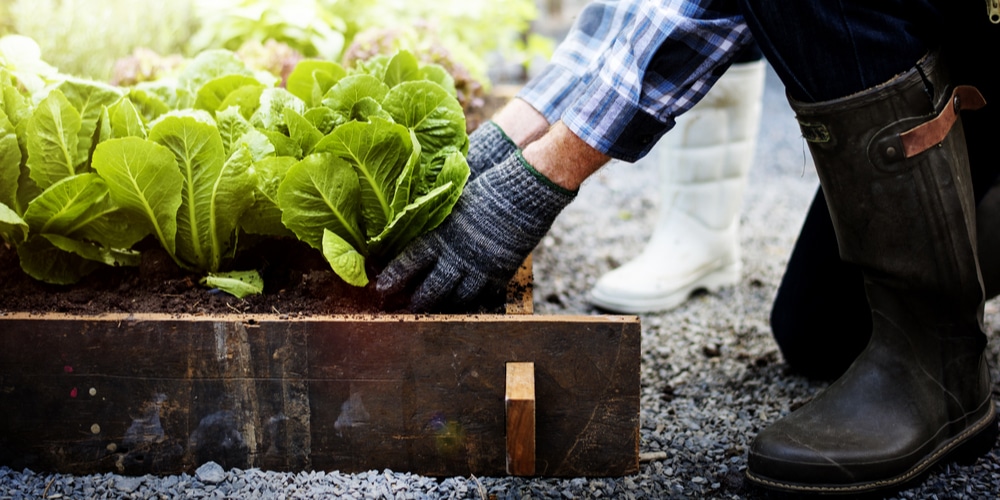The state of Washington has a rather unique climate that varies per region. Knowing which planting zone you’re located in and the type of climate is paramount to growing plants and trees that can live in your yard or garden. Let’s look at what planting zone is Washington state in?
What Planting Zone is Washington State?
Washington state USDA hardiness zones typically range between 4 to 9. Most of the population in Washington are in between zones 6 through 9, divided by the east and the west.
Washington is diverse, climate-wise as there are several types that can be found in the region. For example, western Washington has a Mediterranean environment while the east offers a somewhat arid and dry climate.
The north brings both low and high pressure from the Pacific Ocean, which brings strong winds in fall and winter and dry yet cool summers.
There are several resources on the internet you can use to determine the exact hardiness zone you live in so you’ll know what kind of plants will thrive in your area.
Planting zone is determined by the last and first frost dates since not all plants can survive constant freezing winds and temperatures.
Most of the western Washington regions are within zones 7 to 8 and get anywhere between 5 to 20 degrees F in the winter season.
The Pacific Northwest lies within zones 7 through 9. It’s worth noting that the lower the zone, the lower the average temperature is and the harder for warm-loving plants to live.
Why is Knowing Your Washington Planting Zone Important?
Checking which USDA hardiness zone you’re living in will greatly affect your garden’s success rate and largely determines the kinds of plants you’ll choose for a thriving yard.
Not all plants can survive frost or the onset of the cold season when winter comes. Plants that are rated hardy in zones 8 to 10 are most likely to die when you plant them in zones 6 or 7. This means they won’t be able to stick around and grow when spring arrives.
Having the right type of plants eliminates frustration of having to start over every growing season. Aside from knowing which zone you’re in, it’s best to do some research on the kind of plants that can grow in your climate.
For those who are planning to start a garden outdoors then you’ll have to follow the planting zone and get plants that can live in your zone.
For those who are planning to grow plants in containers then there’s a bit of leeway on choices as long as you’re willing to do extra work, such as winterizing.
This is a process where you bring them indoors to protect them against the cold and keep them in a warm room. Once the frost passes you can bring them outside again.
Also, knowing your USDA zone will help determine when to best plant a particular vegetable, flower or shrub. You’ll want to avoid the frost as it will most likely kill the plant outdoors and enjoy your time growing your favorite flowers or vegetables.
What are Good Plants to Get in Washington?
There’s quite a lot of plants you can get for your Washington garden. Once you find out the hardiness zone you’re in, you can then do some research on which plants can thrive in your region.
Some of the best plants you can get are pumpkins, potatoes, onions, cucumbers, corn, turnips, kale, broccoli and beans. In the flowering department you can get dahlias, primrose, cardinal flowers and daisies.
If possible, get the variety or species that does well in your zone or localized types, which is sure to thrive in your space.
Also, follow the growing and planting requirements for each plant you want in your garden. If it requires full sunlight then you’ll have to choose a spot in your yard that gets 6 hours or more of direct sunlight.
For partial sun the plant must be protected from afternoon light, while a shade-loving plant will do very well in a protected space.
Soil and watering are important as well, and if you can emulate the recommendations per plant the better. Observe proper planting technique so the plant will grow strong and not have issues such as root rot and others.
Related Article: When to Plant Zucchini in Washington State?

